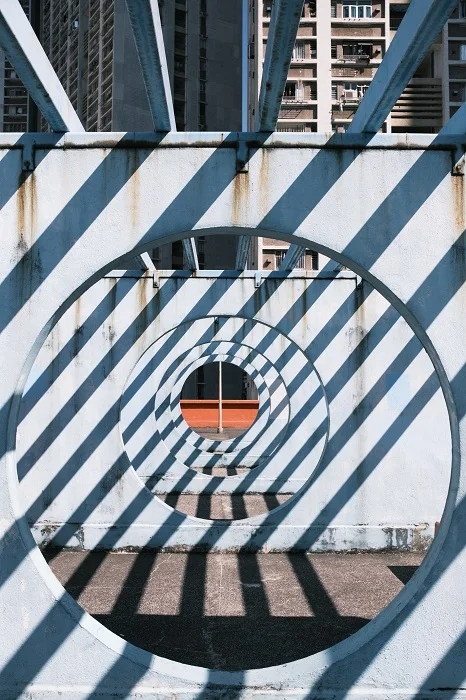Mastering Color Weight and Composition in Visual Design: Crafting Visually Appealing Images

In the realm of visual design, having a strong grasp of color weight and composition is crucial for creating captivating and aesthetically pleasing images. Whether you’re a photographer, art director, graphic designer, artist, or retoucher, honing these skills can greatly enhance the impact and visual allure of your work. This article explores the concepts of color weight and composition, delving into their importance, offering practical tips, and drawing inspiration from Wassily Kandinsky’s renowned book, “Point and Line to Plane.” Let’s embark on a journey to craft visually stunning images that leave a lasting impression on your audience.
Understanding Color Weight
Color weight refers to the visual prominence or dominance of colors within an image. Some colors naturally attract more attention due to their brightness, saturation, and contrast. By strategically manipulating color weight, you can guide the viewer’s gaze and establish balance or focal points within your composition. Bright, highly saturated colors tend to carry more visual weight, instantly drawing attention, while muted or desaturated colors have less visual weight, creating a sense of calmness or subtlety.

The Physical Impact of Colors
The physical properties of colors contribute to their visual weight. Brightness, saturation, and contrast play vital roles in determining the impact of colors within a composition. Bright colors, high saturation, and strong contrast increase the visual weight of elements. Understanding these physical attributes empowers you to strategically leverage colors, creating focal points, establishing visual hierarchy, and guiding the viewer’s attention.

The Psychological Impact of Colors
Colors also have psychological associations, evoking specific emotions or moods. Warm colors like red, orange, and yellow convey energy, excitement, and intensity, while cool colors like blue, green, and purple evoke calmness and tranquility. Harnessing the psychological impact of colors enhances the visual weight and emotional impact of your compositions.

The Visual Weight of Elements Within a Composition
Elements within a composition possess varying degrees of visual weight. Larger objects or elements placed toward the center of an image tend to carry more weight. Additionally, objects with high contrast or intense colors can also exert greater visual weight. Understanding these principles enables you to strategically arrange elements, achieving a harmonious balance, creating focal points, and directing the viewer’s attention.

Exploring Composition Techniques:
The Rule of Thirds: Divide your image into a 3x3 grid and position key elements along the lines or at their intersections. This technique fosters visual interest and balance, guiding the viewer’s eye throughout the composition.

Leading Lines: Utilize lines within your composition to direct the viewer’s gaze. Diagonal lines inject energy and dynamism, while horizontal or vertical lines imbue a sense of stability and order.

Symmetry and Asymmetry: Experiment with both symmetrical and asymmetrical compositions to evoke different moods. Symmetry communicates order and tranquility, while asymmetry introduces visual tension and intrigue.

Negative Space: Embrace the power of empty or negative space. Skillful use of negative space accentuates the impact of your main subject, instills a sense of simplicity or elegance, and contributes to overall compositional balance.

The Golden Ratio Rule: Apply the Golden Ratio, a mathematical concept, to achieve balance and proportion within your images. By dividing the frame according to this ratio and placing key elements along the resulting lines or intersections, you can create visually pleasing and harmonious compositions.

Depth and Layering: Establish a sense of depth by incorporating foreground, middle ground, and background elements. Placing objects at varying distances creates a three-dimensional effect, enhancing the overall composition.

Repetition and Patterns: Integrate repeated shapes, colors, or patterns to introduce visual rhythm and harmony to your composition.

